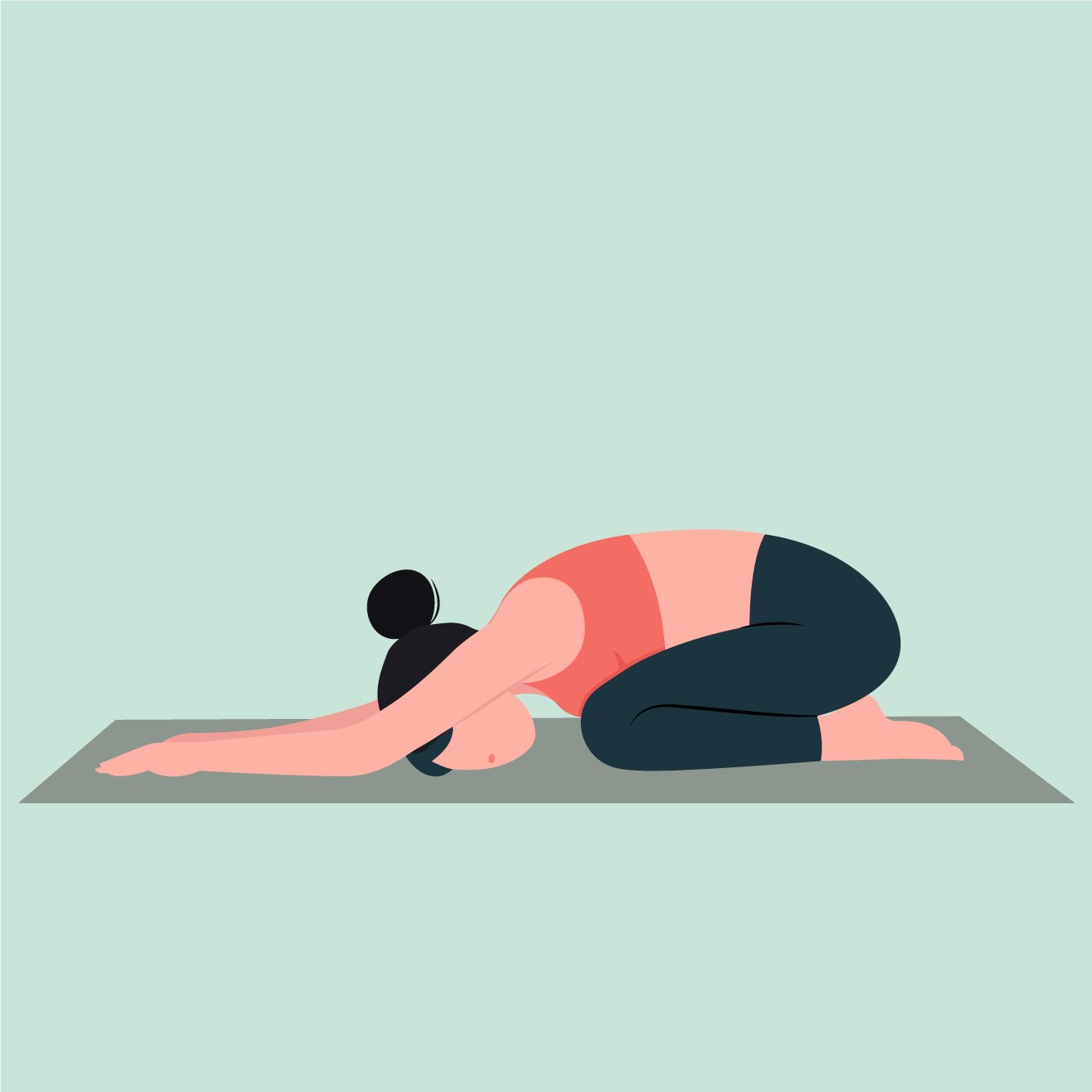3 Reasons Why Your Low Back Hurts
If you’ve ever had low back pain, you know how debilitating it can be. What you may not have known is that low back pain is the leading cause of activity limitations, disability, and absenteeism from work. This not only creates a huge medical and economic burden worldwide, but can also serve as an unfortunate catalyst for a steep decline in quality of life over time. If you love an active lifestyle (or, if you just love living a non-active life pain-free), then learning how to prevent and treat your low back pain is likely something of value to you. So, let’s start here: why does your low back hurt?
8 in 10 Americans experience low back pain at least once in their lifetime
540 million people globally suffer from low back pain daily
$635 billion is the cost to the American economy in treating low back pain annually
Because low back pain is such a global health epidemic, it has been widely studied. And I do believe it’s important to highlight that many studies have shown that non-specific low back pain is common through seasons in life, and often resolves on its own. Pain in general is multi-factorial, and is dependent on a myriad of factors that includes your understanding of what is causing your pain, your conditioned response to pain over your lifetime (based on cultural and environmental influences), how sensitive your nervous system is (dependent on the amount of time you’ve been in pain, how you manage stress, your sleep hygiene, etc.), as well as a number of other factors. But today, I’d like to highlight a few biomechanical contributors.
1) You can’t rotate through your thoracic spine.
As humans, we’ve adapted to rotate. In order to produce force into the ground that we are all destined to stay on in this lifetime on Earth, we need to be able to create rotational torque through specific joints to produce enough force into the ground to propel us in whichever direction we’re looking to go. As our feet hit the ground and our hips and pelvis rotate in one direction, our thorax or thoracic spine needs to counter-rotate in the opposite direction so that we can continue to move forward through space while our head/neck stay looking forward. If our rib cage becomes stiff, our thoracic spine subsequently becomes stiff (since the ribs attach to the thoracic spine), and our beautifully pliable, adaptable, and flexible rib cage becomes one big immovable block. When that occurs, our brain still needs to find rotation somewhere to move us around, and unfortunately, it typically finds it lower down in your spine – your low back. The lower back was not meant to rotate like your thoracic spine was, as the joints are not adapted that way. So if you’ve been relegated to rotating through a low back instead of your thoracic spine, this can lead to overload of those tissues and subsequently cause pain.
2) You can’t rotate through your hips.
As previously mentioned, we need to be able to create rotation to move through space. Normal hip external vs internal range is 60 degrees and 40 degrees, respectively. When our pelvis becomes too extended (buzzword: anterior pelvic tilt), this can decrease our ability to internally rotate one or both hips. Once this occurs, again – your brain will find rotation somewhere, and it loves to find the rotation through your lumbar spine. But to make matters worse, no joint in the body rotates better in extension, and – since your pelvis is already anteriorly tilted, then that means your lumbar spine is now also more extended or hyper-lordotic. Forcing rotation through a hyperextended joint is a recipe for tissue overload and subsequent pain.
3) You can’t rotate through your feet.
Now, feet don’t technically “rotate,” but your ability to flatten (pronate) your foot is technically your foot’s rotational capacity. If we have stiff arches (hyper-supinated) that cannot hit the ground during mid-stance of our gait cycle, then this means your foot and ankle stay rigid. Our ability to rotate through our hips is largely dependent on the foot’s ability to change shape from supination to pronation and back, which “unlocks” the hip rotation from the ground up. A rigid foot means that the hips likely will lose their natural trigger to rotate, and – you guessed it – your brain will find that rotation somewhere else: your low back. Reminder: low backs aren’t designed to rotate.
TLDR: your low back hurts because you cannot rotate where you should. Improving rotation means improving flexion (because extended joints can’t rotate), and improving flexion also looks like teaching your body how to control back into extension when necessary. Remember that our bodies follow the philosophical metaphor to all of life: there is life, and there is death; there is a yin and a yang, an inhale with an exhale, and work need be balanced with rest as much as muscle contractions need be balanced with their ability to relax. Our ability to extend our joints needs to be balanced by our ability to flex them; otherwise, we’ll lose our ability to rotate, and life can then become more complicated than it needs to be.
Sources:
Wu A, March L, Zheng X, Huang J, Wang X, Zhao J, Blyth FM, Smith E, Buchbinder R, Hoy D. Global low back pain prevalence and years lived with disability from 1990 to 2017: estimates from the Global Burden of Disease Study 2017. Ann Transl Med. 2020 Mar;8(6):299. doi: 10.21037/atm.2020.02.175. PMID: 32355743; PMCID: PMC7186678.
Other Posts You Might Like

















